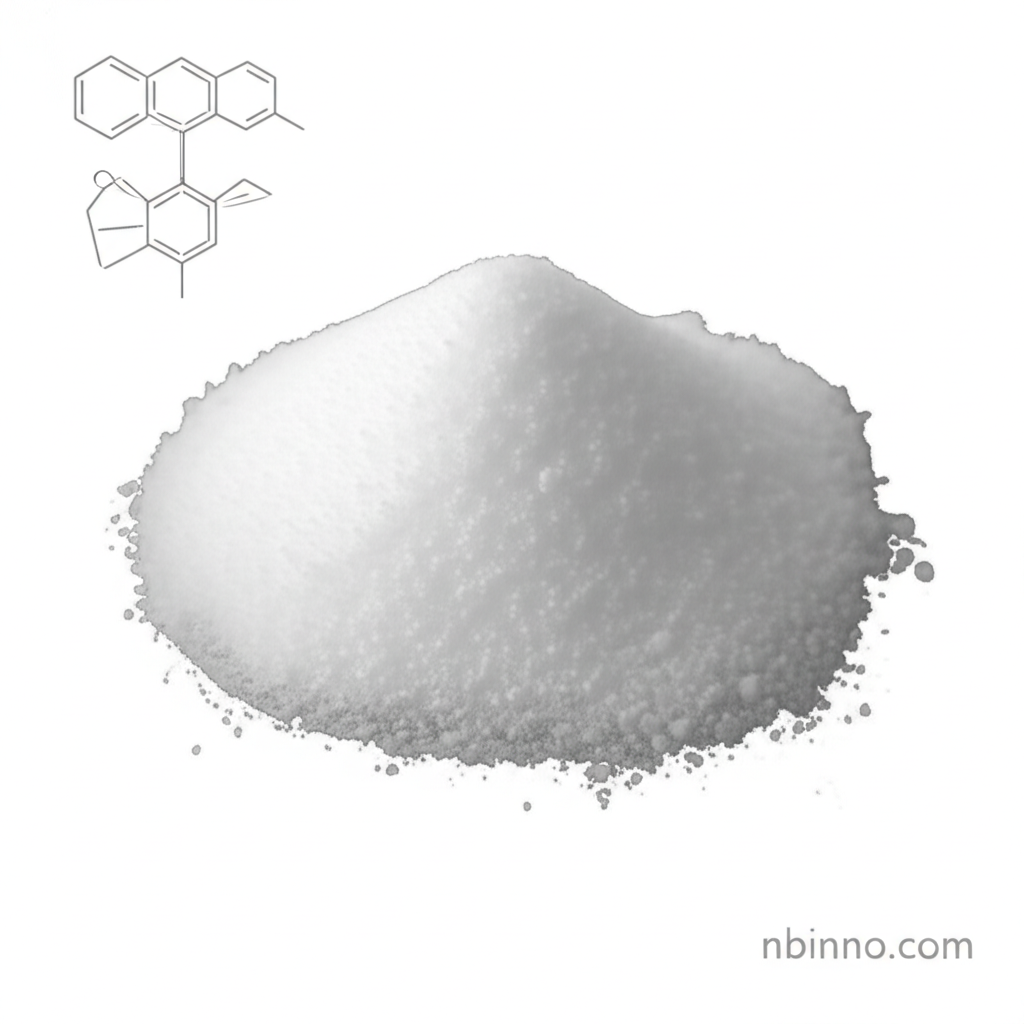Unlocking the Potential of 3,3,3-Trifluoropropan-1-amine Hydrochloride
A key fluorinated building block for diverse chemical and pharmaceutical applications.
Get a Quote & SampleProduct Core Value

3,3,3-Trifluoropropan-1-amine Hydrochloride
This compound is a vital fluorinated building block, crucial for advancing various scientific and industrial sectors. Its unique trifluoromethyl group imparts specific chemical properties, making it indispensable in complex synthesis pathways.
- Discover the detailed properties of CAS 2968-33-4 chemical properties, essential for precise reaction planning.
- Explore the broad utility of fluorinated building blocks for pharmaceuticals in drug development.
- Understand the nuances of organic synthesis with trifluoropropan-1-amine, enabling the creation of novel molecules.
- Learn about the potential applications of trifluoropropan-1-amine hydrochloride in CO2 capture technologies.
Product Advantages
Versatile Synthesis Tool
Leverage 3,3,3-trifluoropropan-1-amine hydrochloride as a versatile reagent in organic synthesis, facilitating the construction of complex molecular architectures.
Pharmaceutical Innovation
Utilize this compound as a key intermediate for pharmaceuticals, particularly those requiring trifluoromethylated motifs for enhanced efficacy and bioavailability.
Environmental Solutions
Investigate the applications of trifluoropropan-1-amine hydrochloride in environmental remediation, such as its potential role in PFAS removal.
Key Applications
Organic Synthesis
As a core component in organic synthesis, this compound aids in creating diverse chemical structures with controlled stereochemistry and functionality.
Pharmaceutical Development
Its role as a fluorinated building block makes it invaluable in the research and development of new drug candidates, enhancing therapeutic properties.
Material Science
The unique properties of trifluorinated compounds suggest potential uses in the development of advanced materials, including those for CO2 capture.
Agrochemicals
Similar amine structures are utilized in agrochemical production, pointing to the potential of this compound in developing new crop protection agents.
